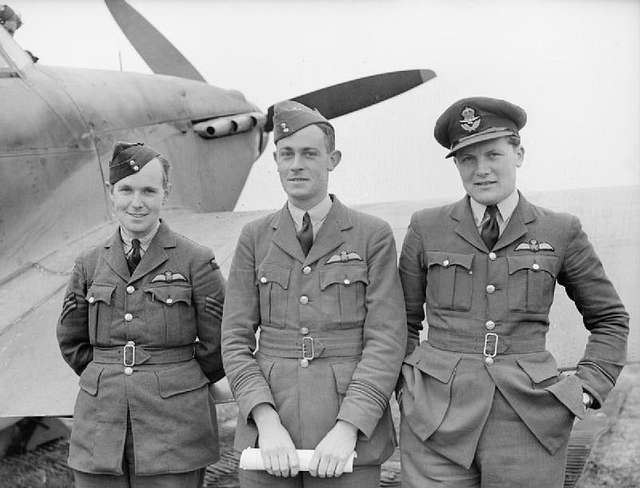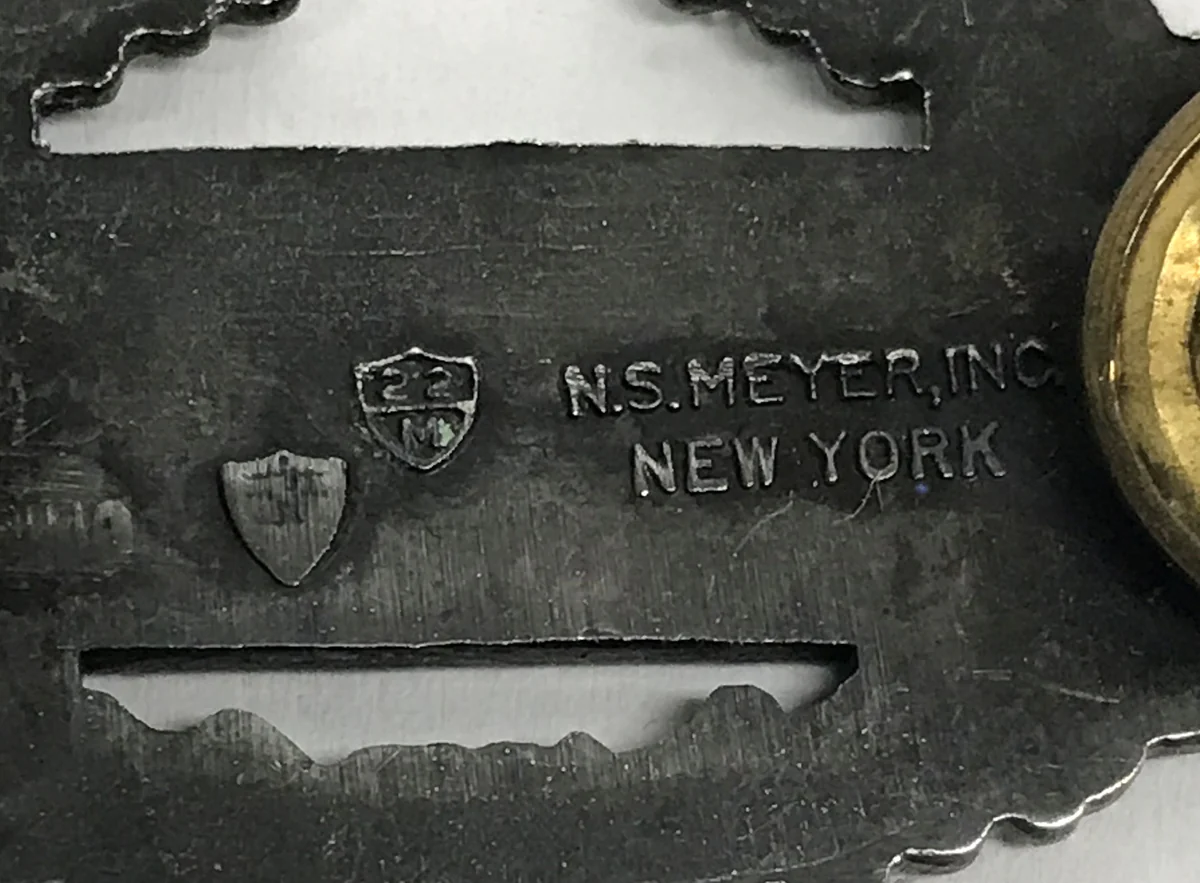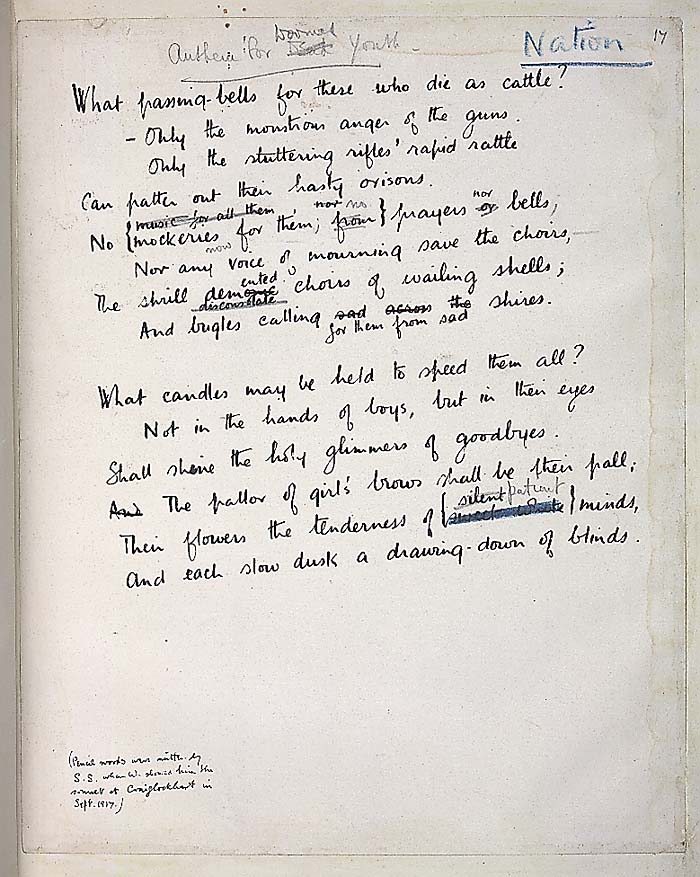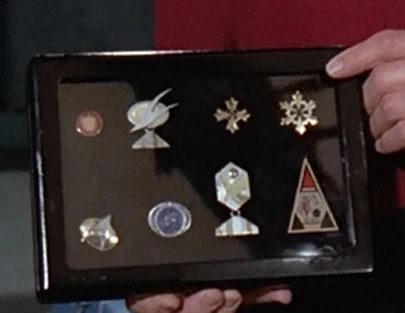The Royal Air Force (RAF) uses badges for several key reasons, including identification, recognition, and tradition. For example, the RAF Pilot Wings are awarded to qualified pilots, symbolizing their ability to fly aircraft, while the specialist insignia includes badges for navigators, engineers, and other specialized roles.
RAF badges can also indicate the rank of the individual, from airmen to senior officers and/or recognize long service, bravery, and other notable achievements. In this article, you will find a thorough list of RAF badges, their description, and their significance. If you have a RAF badge you cannot identify, hopefully this resource will come in handy.
Why Does the RAF Use Badges?
As we have mentioned above, the main uses of RAF badges is identification and recognition – but also tradition, heritage, and even practical considerations. For example:
- Rank and Role: RAF badges help to quickly identify the rank and role of personnel. This is crucial for maintaining the chain of command and ensuring proper communication within the force.
- Specializations: Badges denote specific qualifications and specializations, such as pilot wings, engineer insignia, and medical corps symbols, helping to identify the skills and capabilities of individuals.
- Achievements and Service: Badges are awarded for various achievements, including long service, acts of bravery, and completion of specialized training. They serve as a visual recognition of an individual’s accomplishments.
- Unit and Squadron: Badges often represent the individual’s unit or squadron, fostering a sense of belonging and pride in their specific group within the RAF.
- Esprit de Corps: The use of badges fosters esprit de corps, boosting morale by instilling a sense of identity and pride among personnel.
- Operational Efficiency: In operational settings, quickly identifying personnel based on their badges can be essential for efficient coordination and execution of missions.
- Uniformity: Badges contribute to the uniformity of the force, ensuring that all personnel adhere to a standard appearance, which is important for discipline and cohesion.
All the RAF Badges and Their Meaning
Below, you will find the best-regarded RAF badges and their design elements and their meaning.
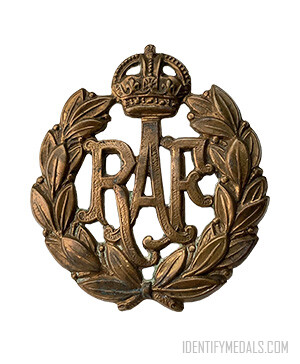
The RAF Cap Badge
The Royal Air Force Cap Badge is a distinctive and symbolic emblem that represents the heritage and values of the RAF.
The badge features the letters “RAF”, the St. Edward’s Crown at the top (symbolizing the sovereignty of the British monarch and the RAF’s allegiance to the Crown), the a surrounding laurel wreath, an ancient symbol of victory and honor.
This design has remained largely unchanged since its adoption.
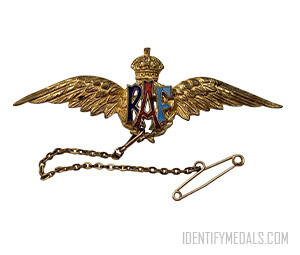
The RAF Wings
The RAF wings, often referred to as Pilot Wings or Aircrew Brevets, are distinctive badges worn by qualified aircrew members in the Royal Air Force. These wings are awarded to personnel who have successfully completed the necessary training for specific aircrew roles, signifying their expertise and qualification to operate in their designated capacity.
There are different types of RAF wings:
Pilot Wings: The most recognized version of RAF wings, it features a set of stylized wings with a crown above and a laurel wreath encircling the letters “RAF” at the center. This badge is awarded to qualified pilots and is worn on the left breast of the uniform.
Navigator Wings: Similar in design to the Pilot Wings but with the central letters indicating the specific role (e.g., “N” for Navigators), these wings are awarded to those qualified in navigation duties.
Aircrew Brevets: These wings are issued to other aircrew roles such as Air Loadmasters, Air Gunners, and Flight Engineers. The design features a single wing on one side of a circular emblem or letter(s) that corresponds to the specific role.
Observer Wings: An older design used before specific roles like Navigator were introduced. The Observer Wings have a single wing and the letter “O” in the center.

The RAF Wings
The RAF wings, often referred to as Pilot Wings or Aircrew Brevets, are distinctive badges worn by qualified aircrew members in the Royal Air Force. These wings are awarded to personnel who have successfully completed the necessary training for specific aircrew roles, signifying their expertise and qualification to operate in their designated capacity.
There are different types of RAF wings:
Pilot Wings: The most recognized version of RAF wings, it features a set of stylized wings with a crown above and a laurel wreath encircling the letters “RAF” at the center. This badge is awarded to qualified pilots and is worn on the left breast of the uniform.
Navigator Wings: Similar in design to the Pilot Wings but with the central letters indicating the specific role (e.g., “N” for Navigators), these wings are awarded to those qualified in navigation duties.
Aircrew Brevets: These wings are issued to other aircrew roles such as Air Loadmasters, Air Gunners, and Flight Engineers. The design features a single wing on one side of a circular emblem or letter(s) that corresponds to the specific role.
Observer Wings: An older design used before specific roles like Navigator were introduced. The Observer Wings have a single wing and the letter “O” in the center.
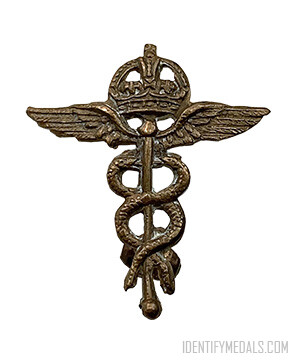
The RAF Medical Services Badge
The RAF Medical Services Badge is a distinctive insignia worn by members of the Royal Air Force who serve in medical roles, including doctors, nurses, and medical technicians.
The RAF Medical Services Badge prominently features the Caduceus, a staff with two serpents entwined around it, which is a well-known symbol of medicine and healing. This emblem signifies the medical and healthcare responsibilities of the personnel who wear the badge. Often, the badge also includes a pair of wings, symbolizing the aviation aspect of the service, linking the medical role to the broader mission of the RAF. A crown is typically included in the design, representing the service’s loyalty to the British Crown and its role as part of the Royal Air Force.
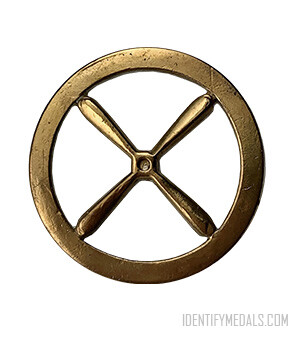
The RAF Apprentice Badge
The RAF Apprentice Badge is a distinctive emblem worn by individuals who have undergone and completed an apprenticeship within the Royal Air Force. These apprenticeships have traditionally been a pathway for young men to enter the RAF, where they would receive both technical training and military education, preparing them for various specialized roles within the service.
The RAF apprenticeship program began in the early 1920s, aimed at training young men in various trades essential to the operation and maintenance of RAF equipment and infrastructure. The apprenticeship typically lasted three years, after which the graduates were fully qualified and ready to take on roles as skilled tradesmen.
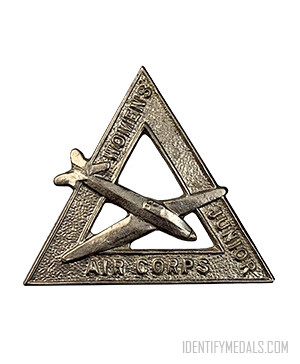
The RAF Women's Junior Air Corps Badge
The RAF Women’s Junior Air Corps (WJAC) was a youth organization established in the United Kingdom during World War II. It was created to provide girls and young women with an opportunity to participate in activities related to aviation and the military, much like their male counterparts in the Air Training Corps (ATC).
The corps primarily targeted girls aged 14 to 20, offering them a structured environment in which to learn and grow. The organization served as a pre-service training program, giving participants a head start should they choose to join the RAF or other branches of the armed forces when they were old enough. Members of the WJAC were taught the basics of aviation, including aircraft recognition, navigation, and the principles of flight. They also engaged in physical training and drills similar to those conducted in military training.
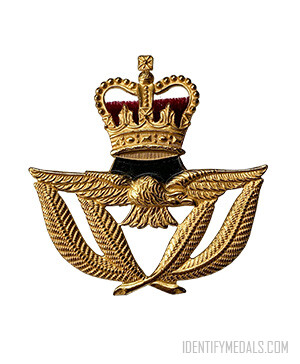
The RAF Warrant Officers Badge
The RAF Warrant Officers Badge is a distinctive insignia worn by Warrant Officers (WOs) in the Royal Air Force (RAF), representing one of the highest non-commissioned officer (NCO) ranks within the RAF.
Warrant Officers hold a significant level of responsibility within the RAF. They are senior to all other non-commissioned officers and often serve in leadership roles, overseeing various aspects of military operations, administration, and discipline. While they are non-commissioned officers, Warrant Officers possess a level of authority comparable to that of commissioned officers in certain contexts. They play a crucial role in bridging the gap between the enlisted ranks and the officer corps, ensuring the effective functioning of their units.
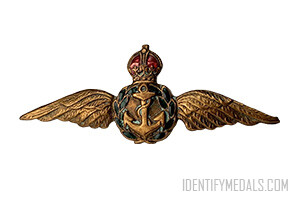
The RAF Royal Naval Air Force Badge
The Royal Naval Air Service (RNAS), not to be confused with a specific RAF badge, was the air arm of the Royal Navy during World War I. It existed from 1914 until 1918, when it merged with the Royal Flying Corps (RFC) to form the Royal Air Force (RAF). However, after the establishment of the RAF, badges and insignia relating to the RNAS were largely phased out or adapted into RAF insignia.
Before the formation of the RAF, the RNAS was responsible for naval aviation, including airships, seaplanes, and land-based aircraft for naval operations.
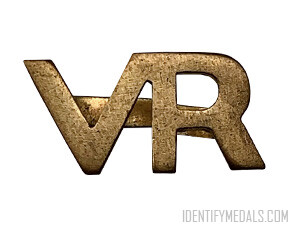
The RAF VR Volunteers Badge
The RAF VR (Volunteers Reserve) Badge is an insignia awarded to members of the Royal Air Force Volunteer Reserve (RAFVR). The RAFVR is a reserve force of the RAF, composed of volunteers who have committed their time to support the RAF in various capacities, often alongside their civilian careers.
The RAF VR Volunteers Badge is awarded to individuals who have served with distinction in the RAF Volunteer Reserve. It is a mark of honor, acknowledging the contribution and commitment of volunteers who support the RAF’s operations, training, and other functions. The badge is typically awarded to those who have completed a certain period of service within the RAFVR, demonstrating dedication and proficiency in their duties.
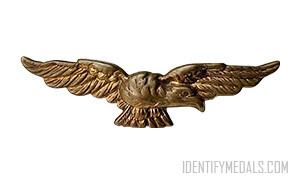
The RAF Officers Albatross Badge
The RAF Officers Albatross Badge, commonly referred to simply as the “Albatross Badge,” is a distinctive emblem worn by commissioned officers of the Royal Air Force (RAF). It is one of the most recognizable symbols of RAF officer rank and status.
The badge prominently features a stylized albatross in flight. The albatross is a symbol often associated with long flights and endurance, making it a fitting emblem for air force personnel. The Albatross Badge is exclusively worn by commissioned officers in the RAF. It symbolizes their authority, responsibilities, and the high standards expected of them within the service.
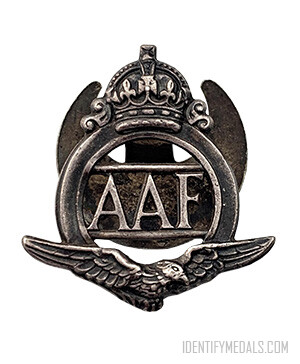
The RAF Auxiliary Air Force Badge
The RAF Auxiliary Air Force Badge is a distinctive insignia awarded to members of the Royal Auxiliary Air Force (RAuxAF), a volunteer reserve component of the Royal Air Force (RAF). This badge signifies the individual’s membership in the RAuxAF and their commitment to supporting the RAF’s operations.
Established in 1924, the RAuxAF was created to provide additional support to the regular RAF. Members of the RAuxAF are part-time volunteers who receive training and are called upon to serve in various roles during times of need, such as in national emergencies or military conflicts. The RAuxAF members serve in a variety of roles, including air defense, logistics, intelligence, medical services, and more. The badge is a symbol of their service and dedication to supporting the RAF’s mission.
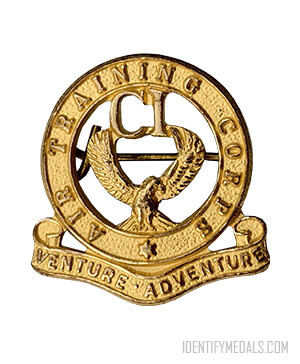
The RAF Air Training Corps Badge
The RAF Air Training Corps (ATC) Badge is an insignia worn by members of the Air Training Corps, a youth organization sponsored by the Royal Air Force. The ATC is part of the RAF’s Cadet Forces and provides young people aged 12 to 20 with opportunities to participate in aviation-related activities, military training, and personal development programs.
The badge typically features the emblem of the Air Training Corps, which includes a central motif of an eagle in flight, symbolizing the organization’s connection to aviation. The eagle is often surrounded by a laurel wreath, representing achievement and excellence, and is topped with a crown, denoting the ATC’s royal patronage. The badge includes the ATC motto, “Venture Adventure,” which reflects the spirit of exploration, learning, and challenge that the organization encourages among its members.
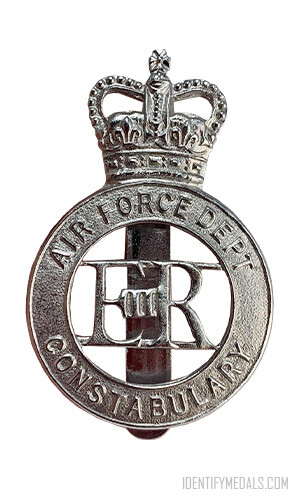
The RAF Air Force Department Constabulary Badge
The RAF Air Force Department Constabulary Badge is an insignia associated with the RAF Police or the RAF’s civilian police forces, who are responsible for maintaining law and order on RAF bases and installations. The badge represents the authority and duties of these personnel in their role as protectors of RAF property, personnel, and classified information.
Personnel wearing this badge are responsible for enforcing security measures on RAF bases, protecting sensitive areas, and ensuring the safety of military assets. The badge signifies the authority of the wearer to conduct law enforcement duties, including investigations, traffic control, and maintaining general order on RAF premises.
While the badge is often worn by civilian constabulary members, they work closely with the RAF Police, who are uniformed military personnel, to ensure comprehensive security and law enforcement coverage on RAF installations.

